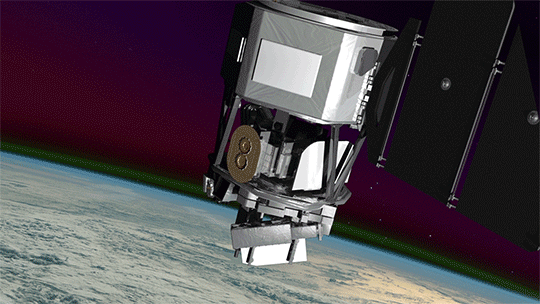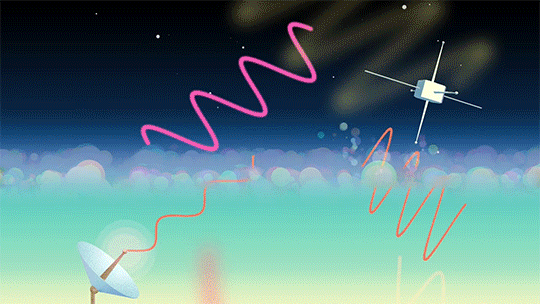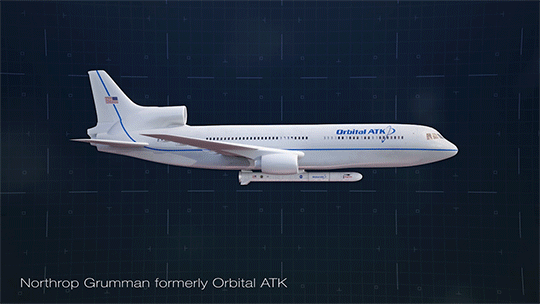We’re about to launch a new satellite called ICON — the Ionospheric Connection
Explorer — to study our planet’s boundary to space.

The overlap between Earth’s upper atmosphere and outer space
is complicated and constantly changing. It’s made up of a mix of neutral gas
(like the air we breathe) and charged particles, where negatively charged
electrons have separated from positively charged ions. This charged particle
soup reacts uniquely to the changing electric and magnetic fields in near-Earth
space, while weather conditions from here on Earth can also travel upwards and
influence this region. This makes Earth’s interface to space a dynamic,
hard-to-predict region of the atmosphere.

Understanding what causes the changes in this region and how
to predict them isn’t just a matter of curiosity. Earth’s boundary to space is
home to many of our Earth-orbiting satellites, and it also plays a role in
transmitting signals for communications and navigation systems. Unpredictable
changes here can garble those signals and even shorten the lifetime of
satellites.

ICON, launching on Nov. 7, will study this region with a
unique combination of instruments. Orbiting
about 360 miles above Earth, ICON will use its cameras to measure winds near
the upper edge of Earth’s boundary to space and track atmospheric composition
and temperature by studying a phenomenon called airglow. ICON also carries an instrument that
will capture and measure the particles directly around the spacecraft, or in
situ.

ICON is launching aboard a Northrop Grumman Pegasus XL
rocket. On launch day, the Pegasus XL is carried out over the ocean by Northrop
Grumman’s L-1011 Stargazer aircraft, which takes off from Cape Canaveral Air
Force Station in Florida. About 50 miles off the coast of Florida, the Pegasus
XL drops from the plane and free-falls for about five seconds before igniting
and carrying ICON into low-Earth orbit.

NASA TV coverage of the launch starts at 2:45 a.m. EST on Nov. 7 at nasa.gov/live. You can also
follow along with the mission on Twitter, Facebook
or at nasa.gov/icon.


Комментариев нет:
Отправить комментарий